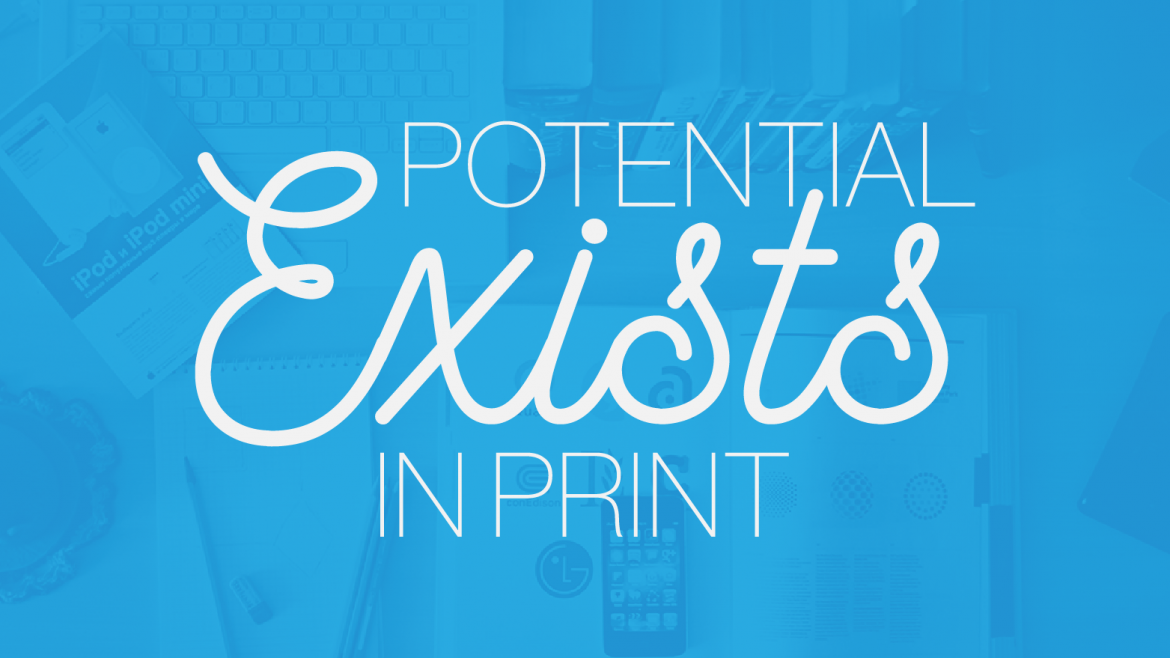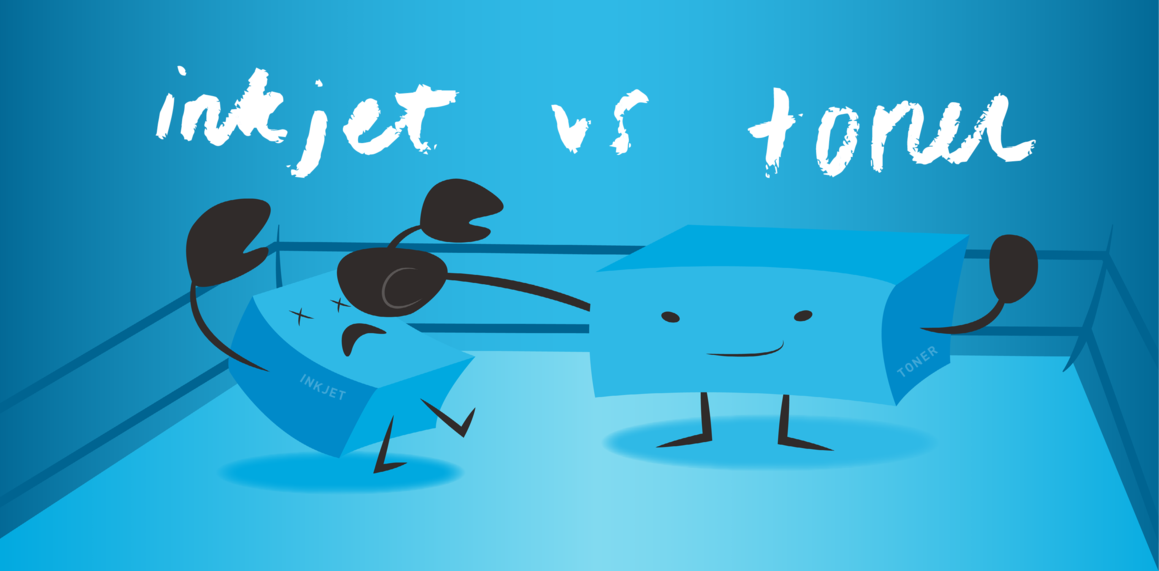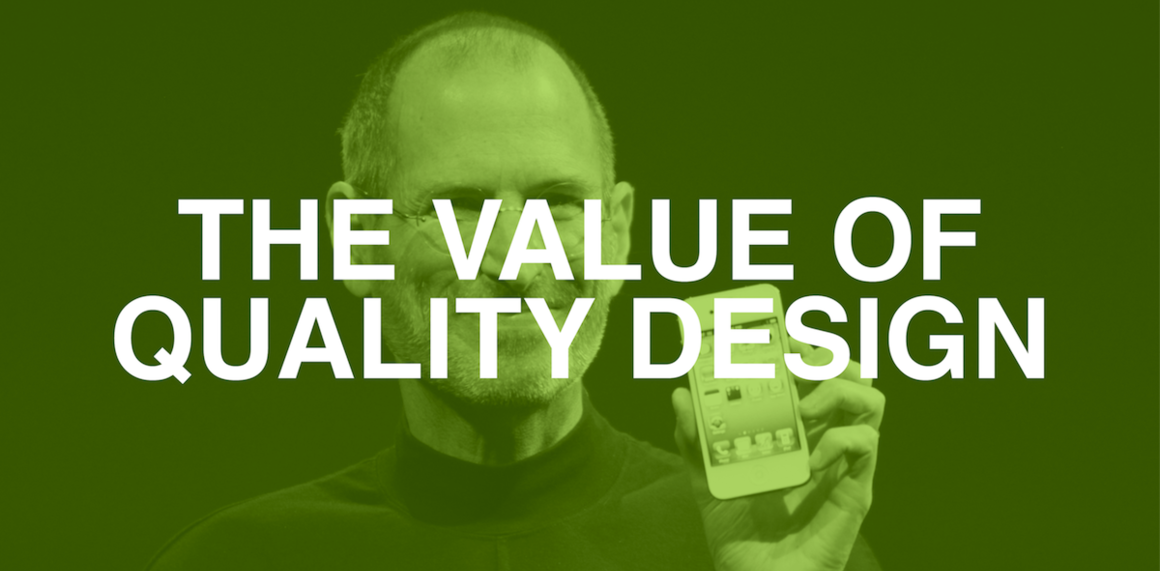Segments in Print Industry Are Set to Experience Renewed Growth
https://perfectcommunications.com/wp-content/uploads/2015/09/Potential-04-1024x587.png 1024 587 admin admin https://secure.gravatar.com/avatar/3f0ab219d4f408464f131b4180b1da5119b8392a5155a011682c7587c73fc755?s=96&d=mm&r=gTo say the print industry has been going through change would be a huge understatement. With the impact of digital media, the commercial printing industry has been altered forever during the last decade. There has been significant consolidation. Some forms of print communication have disappeared or have been relegated to postscript status. Emerging print technologies have recast the roles of former principal players and marginalized once-essential production approaches. It has been a challenge for the industry to even come close to its pace of growth from 20 years ago. Based on what I saw and heard during my recent trip to the 2015 Graph Expo trade show, however, those in the print industry who made it through this transition are entering a period of potential growth.
The Graph Expo is an annual event where manufacturers and suppliers from across the graphics industry gather to show off their newest products and services to businesses and graphics professionals. At the Expo, I usually see the most recent print production technologies and I hear industry leaders discuss where we’re headed. This year certainly was no exception.
Growth in Segments – One interesting educational session I attended was “The Status and Future of the Printing Industry,” given by Frank Romano, a professor emeritus at the Rochester Institute of Technology College of Imaging Arts and Sciences. In his session, Frank provided some perspective on the transition print has gone through. Although experiencing rapid, permanent change, print still is a relevant part of today’s multichannel communications environment. The print industry certainly is smaller than its high point 20 years ago. However, the rate of consolidation has leveled off. There are now segments within the industry that are growing again, such as direct mail, promotional printing and large-format signage. This growth is supported by evolving technologies, many of which were on display at the Expo.
Digital Moving into Finishing – Coming as no surprise, digital printing was one of the most prevalent topics at the Expo. Inkjet and toner presses continue to advance, both in their ability to deliver higher quality and in the size and type of substrates they can handle. For me, the most interesting advancement in digital technology is occurring in finishing.
In the not-too-distant future, finishing techniques such as foil stamping, embossing and diecutting will no longer require dies. Printers will create these special effects directly from digital files. The fixed cost of a die and the lengthy setup process have made these effects cost prohibitive for small runs. Digital finishing opens up new opportunities for visual designers. Special effects produced in the digital workflow will make smaller runs affordable.
Print Supports Digital Media – One reason growth is occurring in areas like promotional materials and signage is the ability of these types of print to complement digital communications. They allow for personalization as well as the opportunity to link to digital media. Armed with capabilities like these, communicators can differentiate their messages and reach audience segments in conjunction with digital media. Future trends point to an ability to print on a growing variety of unique substrates. This will aid in differentiation.










